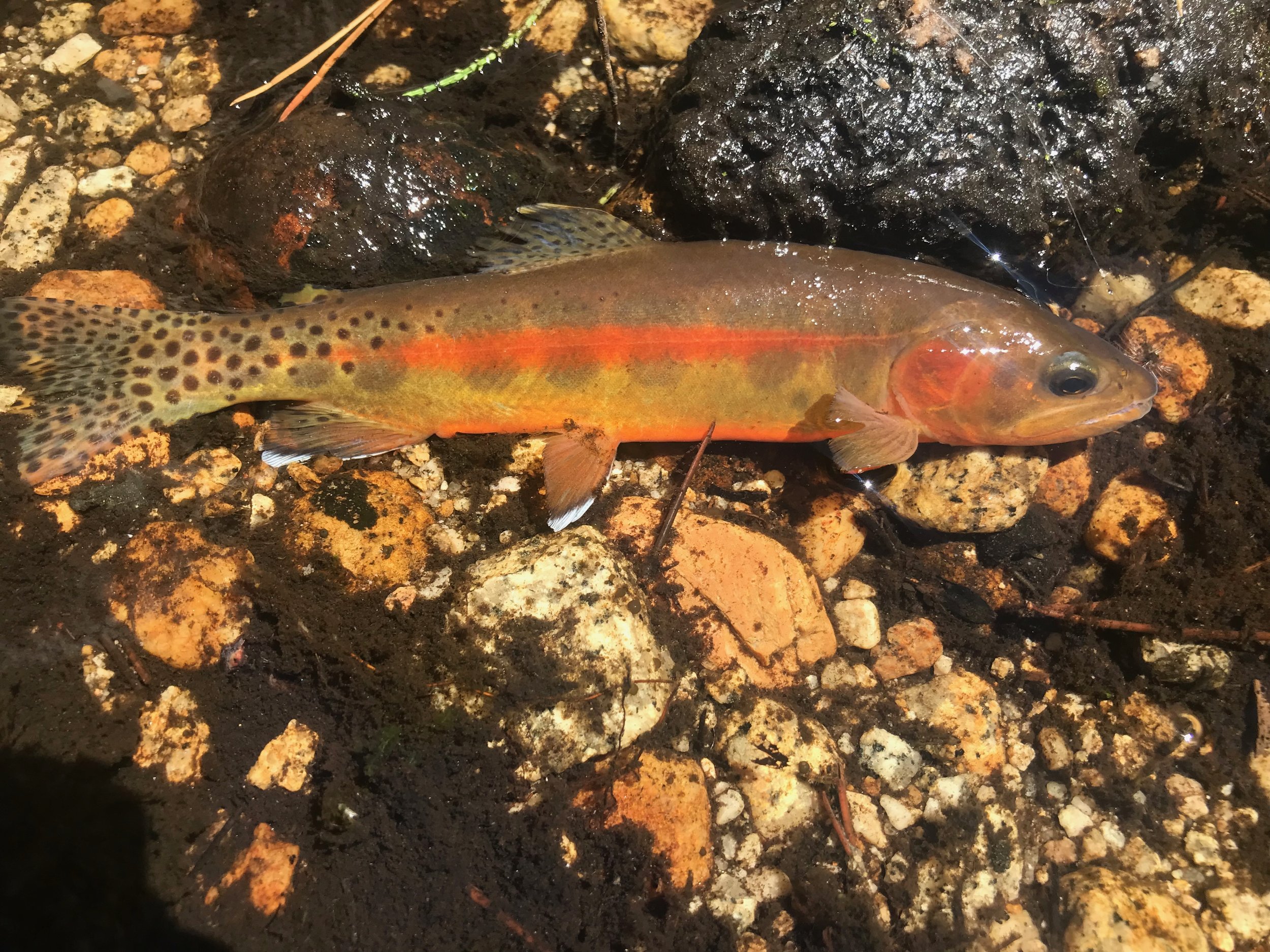While working for Mammoth Sporting Goods during the summer of 1979, I inadvertently learned about the effects of a full moon on lake fishing in the Eastern Sierra. The full moon definitely slows down the trout fishing in still waters.
I judged the fishing in the Mammoth Lakes area by the success of anglers coming into Mammoth Sporting Goods. Fishing would be great and anglers were happy with the fish they were catching.
Anglers started complaining about their catch rate slowing down or going to zero. Nobody likes to get skunked when fishing. I didn’t pay much attentions to this. I just assumed that they were bad fishermen and could not catch fish. This slow fishing lasted for less than a week’s time.
Well a few weeks went by and it happened again. It lasted less than a week.
Maybe a month went by and it happened again. This time I became aware that it was a full moon. The next time that it happened I realized it was a full moon again.
Fly fishing the middle of the day on Intake Two in Bishop Canyon.
I came to realize that the full moon was causing the slow fishing in the lakes in the Mammoth Lakes area. Well, from my fisheries biology background, I knew that trout, particularly brown trout, are nocturnal by nature. Trout tend to feed 12 hours apart a lot of times.
On full moons, particularly on Crowley Lake, I started fishing middle of the day during the full moon. This turned out to work extremely well for me. While others complained about the fishing being slow, I caught lots of trout.
I find the full moon effect does not have an impact on stream fishing. There are lots of factors that contribute to the success rate of fishing in moving waters. The next time you are on a lake during the full moon try fishing middle of the day.




